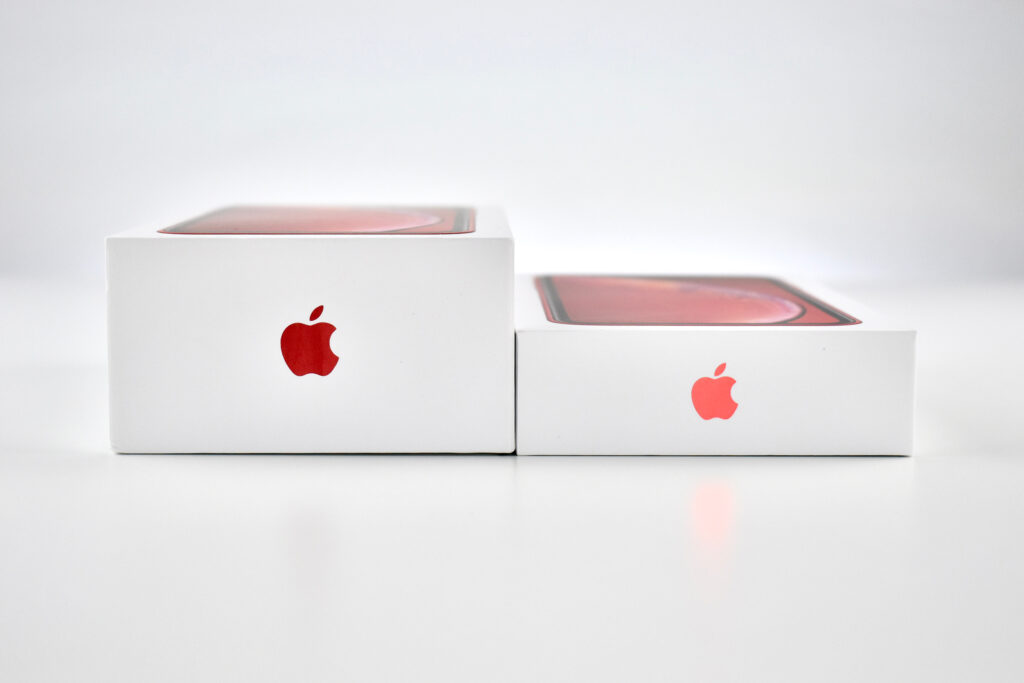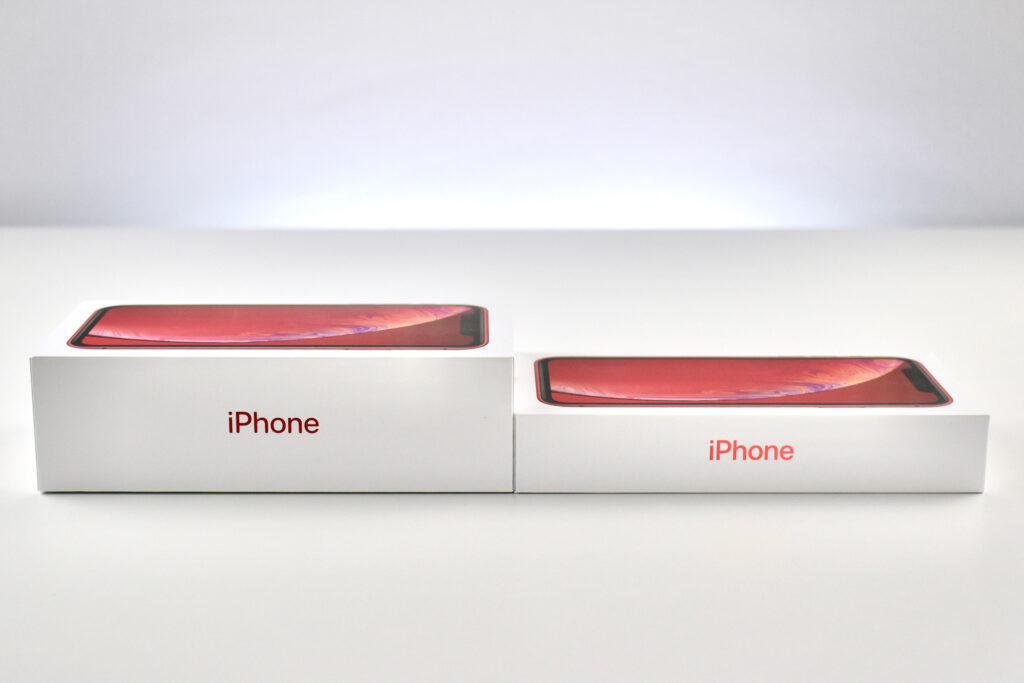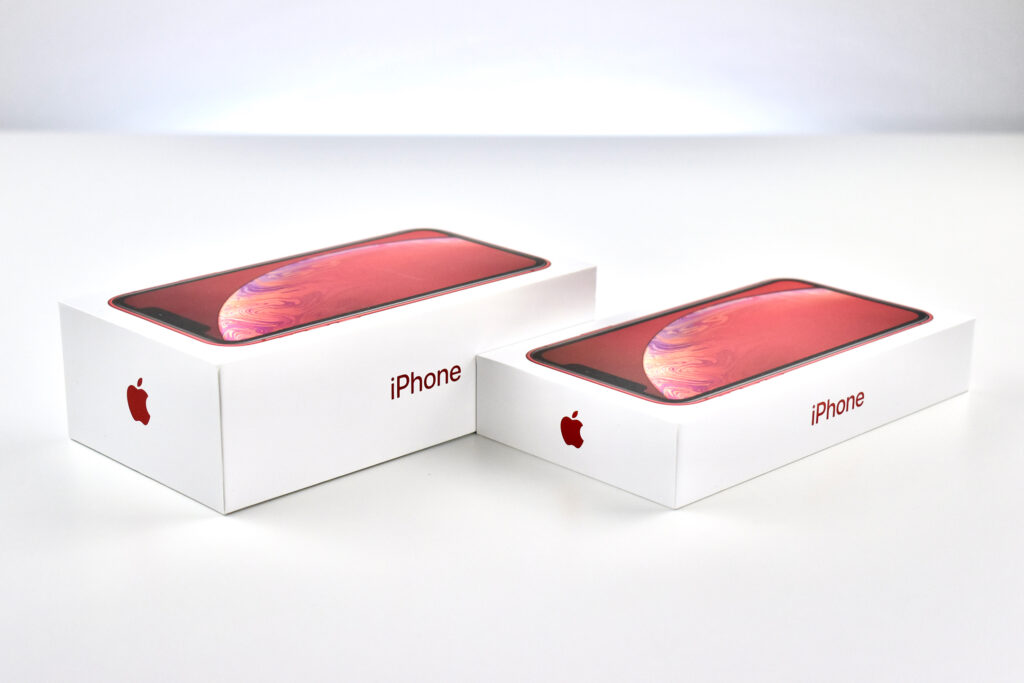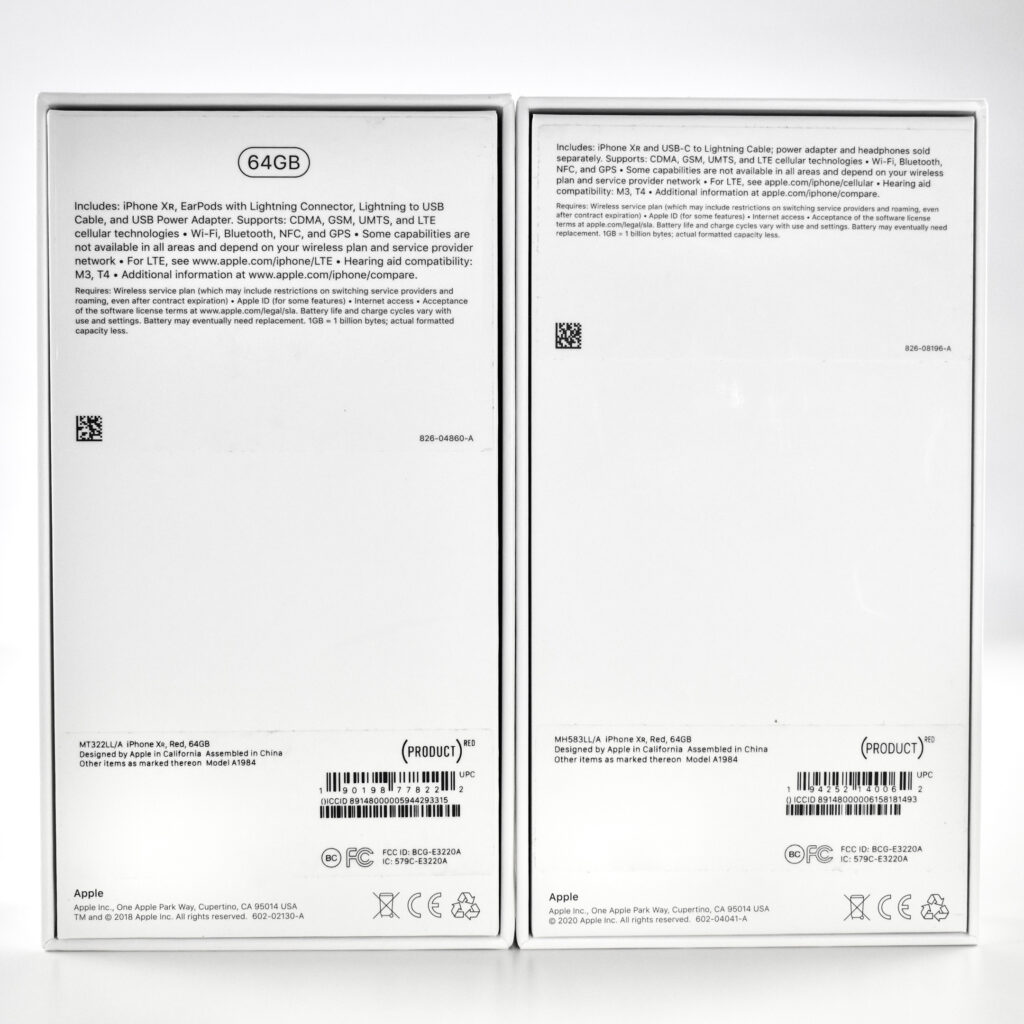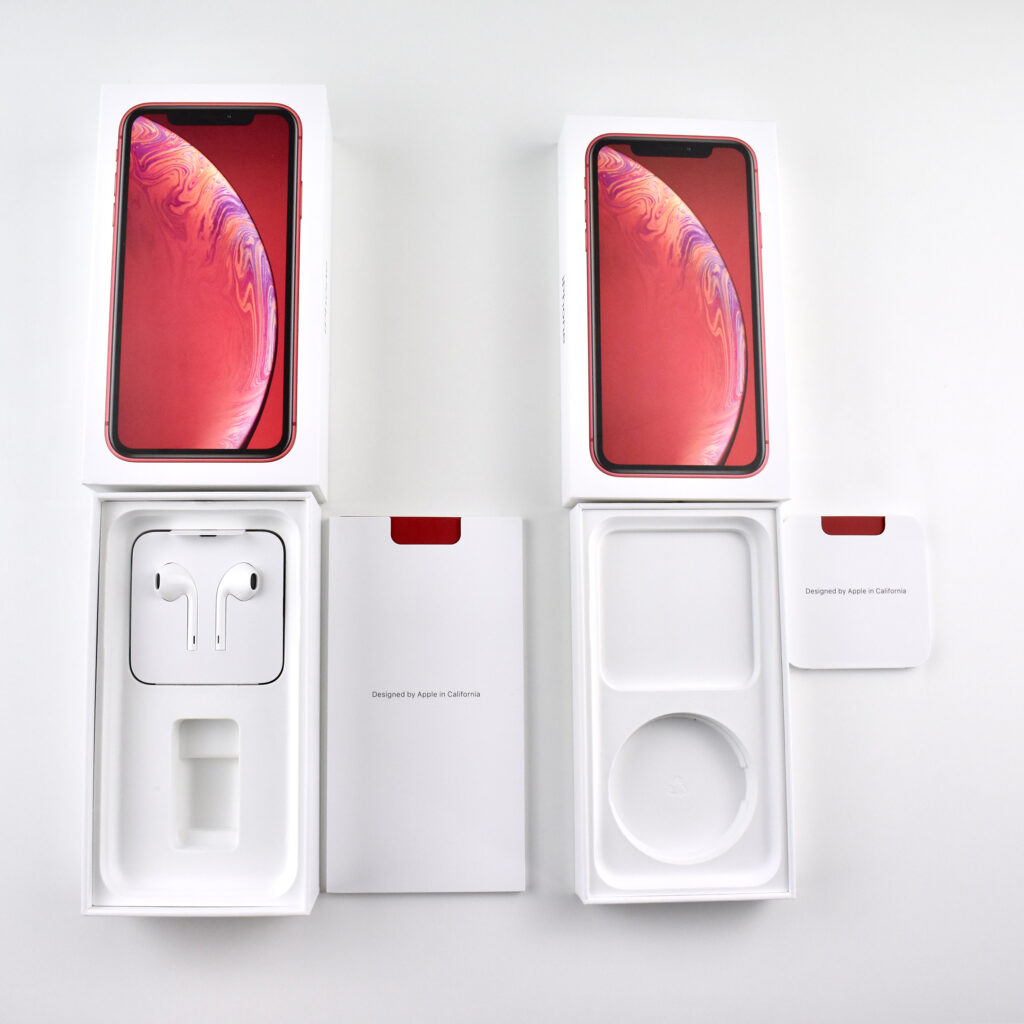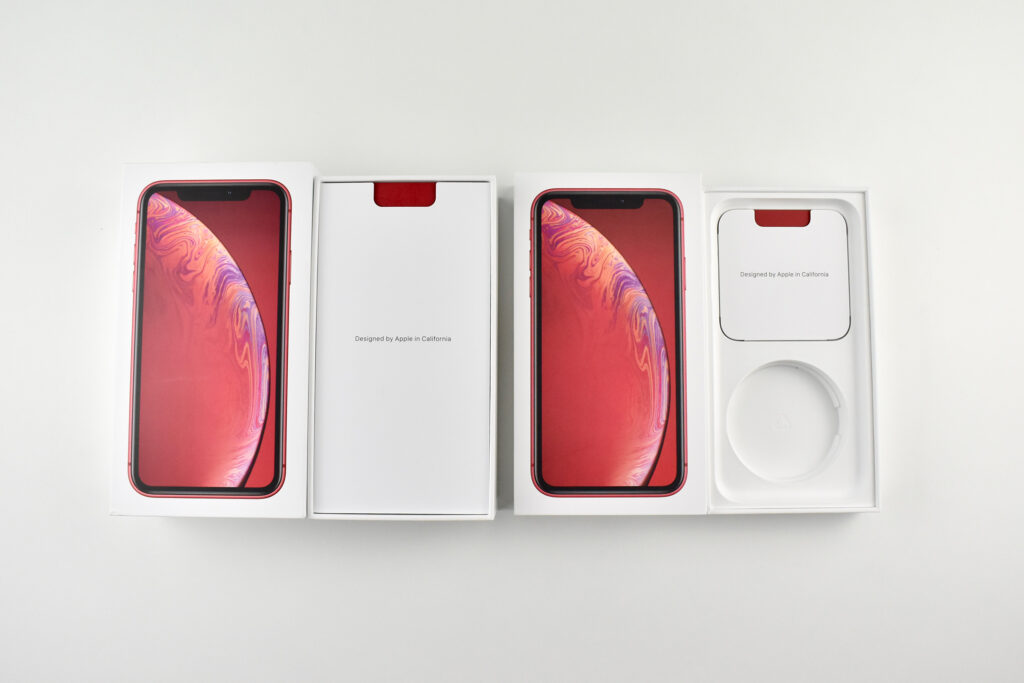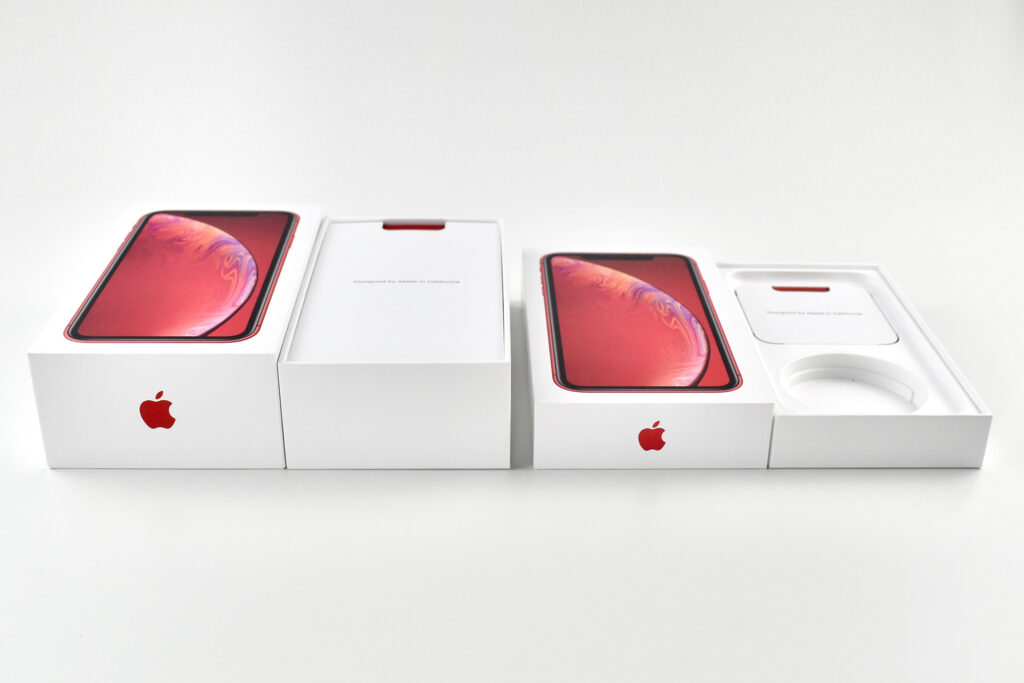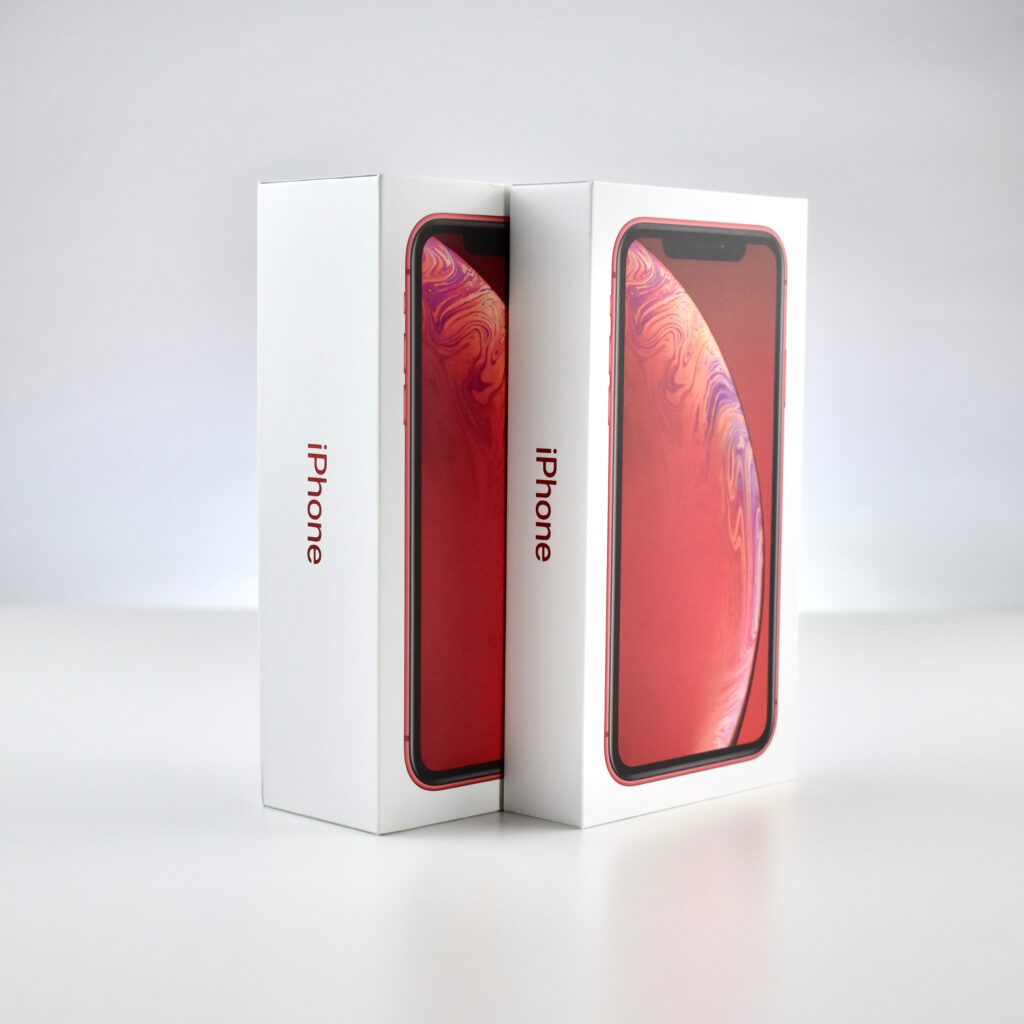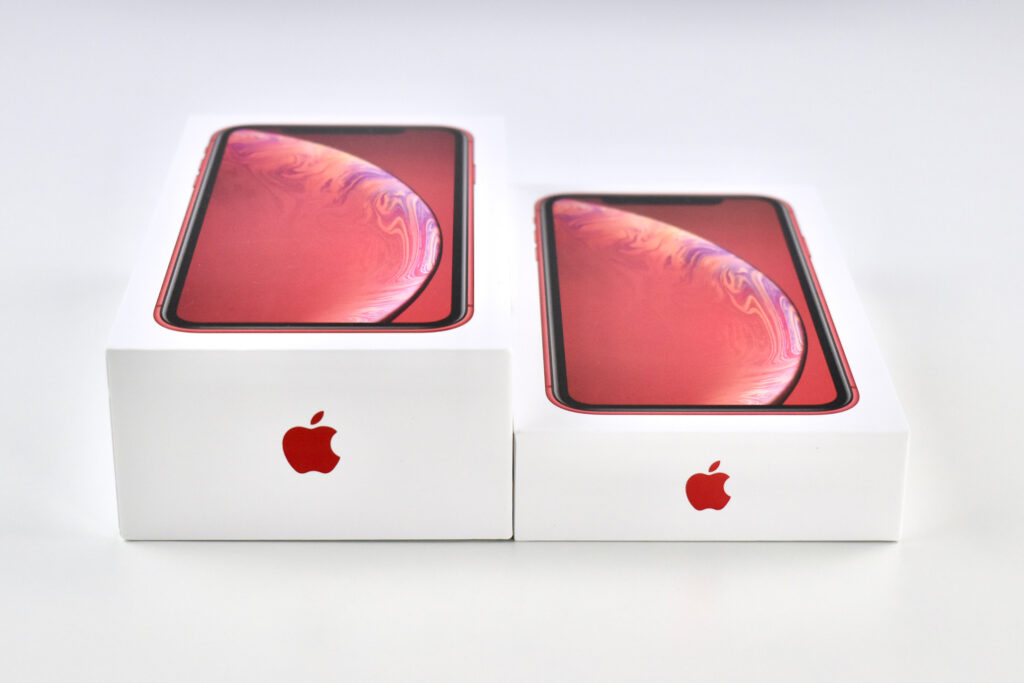In 2020 Apple made a major change to its iPhone 12 packaging when they stopped including Lightning headphones and a wall power “brick” charger in the box at the time of an iPhone purchase. With these items removed, Apple was able to reduce the size of the iPhone box and reduce the extra packaging associated with the headphones and charger. It was announced that the iPhone 12 would ship only with the phone and a USB-C-to-Lightning charging cable.
Lisa Jackson, Apple’s Vice President of Environment, Policy, and Social Initiatives, announced at an October 2020 Apple event, “Customers already have over 700 million Lightning headphones, and many customers have moved to a wireless experience with AirPods, Beats, or other wireless headphones. And there are also over 2 billion Apple power adapters out in the world, and that’s not counting the billions of third-party adapters. So we are removing these items from the iPhone box.”
With the iPhone 12 announcement, I was not at all expecting this packaging change to also affect older, but still manufactured iPhone models. At the time of the iPhone 12 release, Apple was still offering the iPhone XR as a lower-end and less expensive iPhone option. Surprisingly, the iPhone XR packaging was also reduced in size and shipped without the headphones and charger. Also, the cable was switched to a USB-C-to-Lightning, replacing the former USB-to-Lightning option.
While the change may contribute to some environmental benefits, the situation was not universally accepted as positive. Some critics noted that, “The move saves the company money, but some of the environmental benefits could be offset by people buying earbuds and chargers separately” (The Verge). From a practical standpoint, some users—namely enterprise, government, and school districts like mine—had not switched to USB-C when this decision was made. As Apple indicated, it is likely that most users likely already have more than one charger and at least one set of Lightning headphones.
The photos here represent my school district’s iPhone XR upgrade affected mid-stream—where iPhone XR models purchased before October 2020 used “classic” packaging, and devices purchased in late-October/November 2020 unexpectedly used the new packaging without an announcement or warning.
Sources: AppleInsider, The Verge

